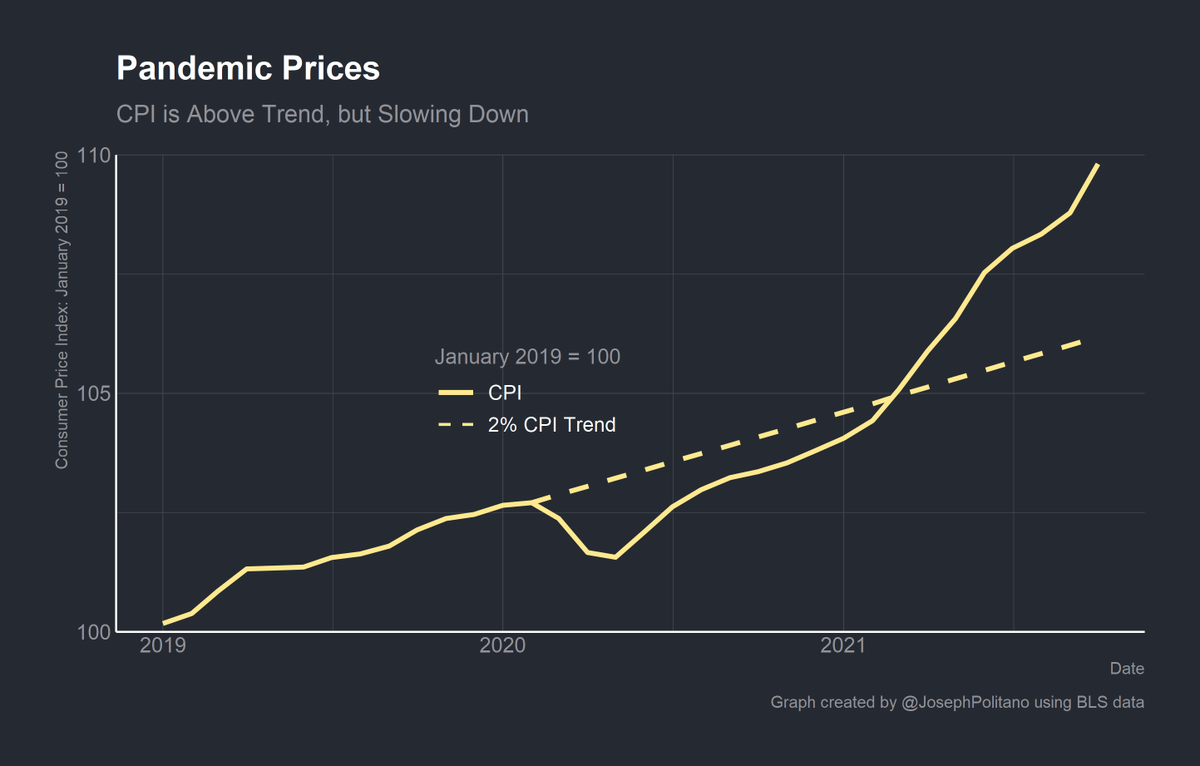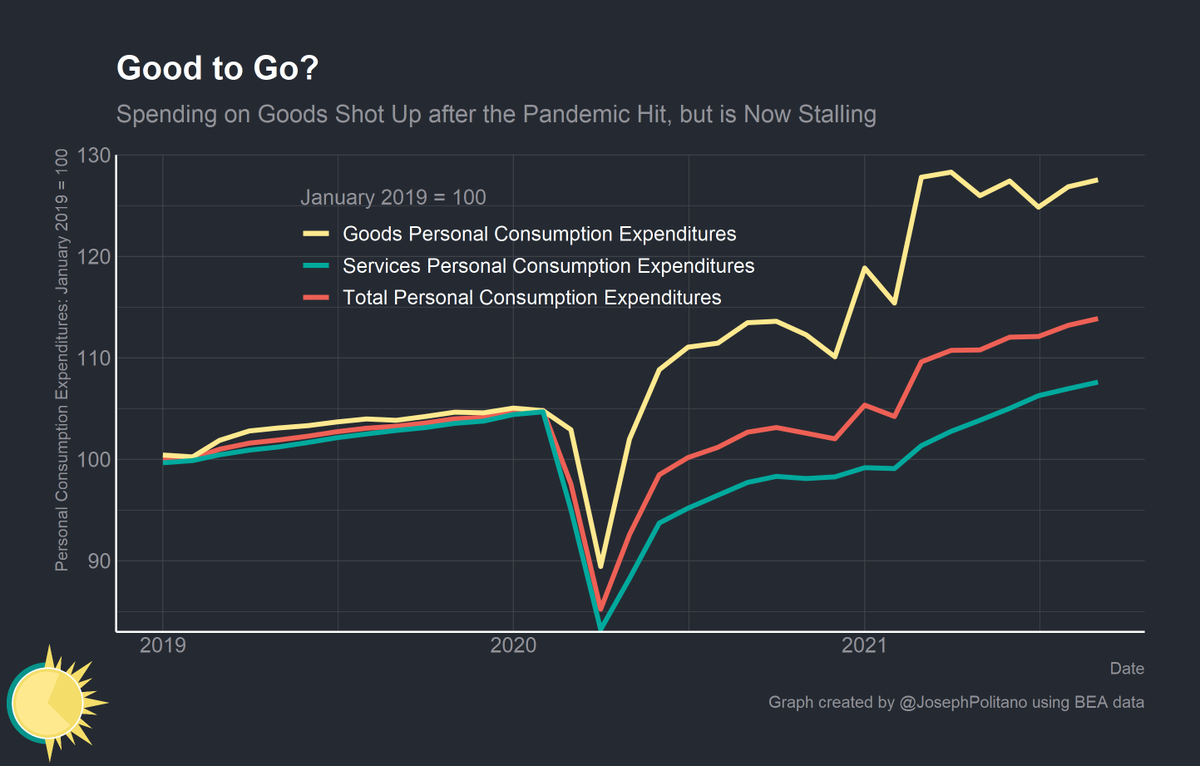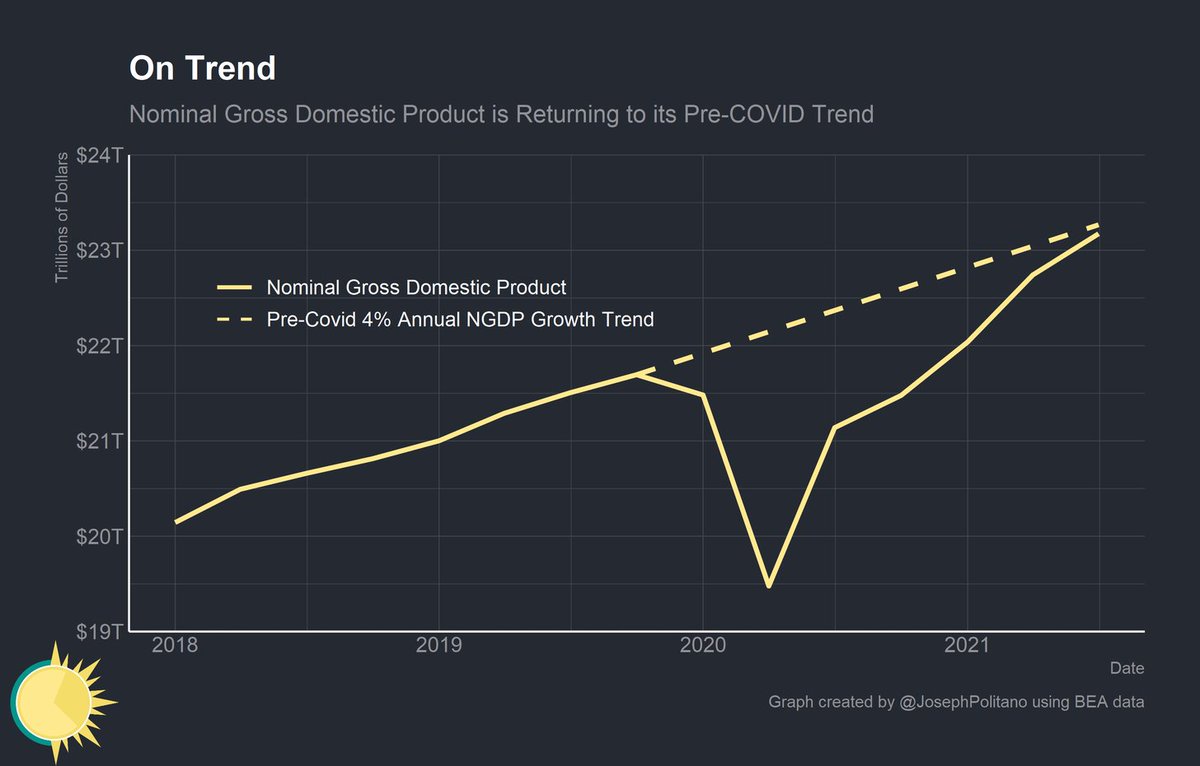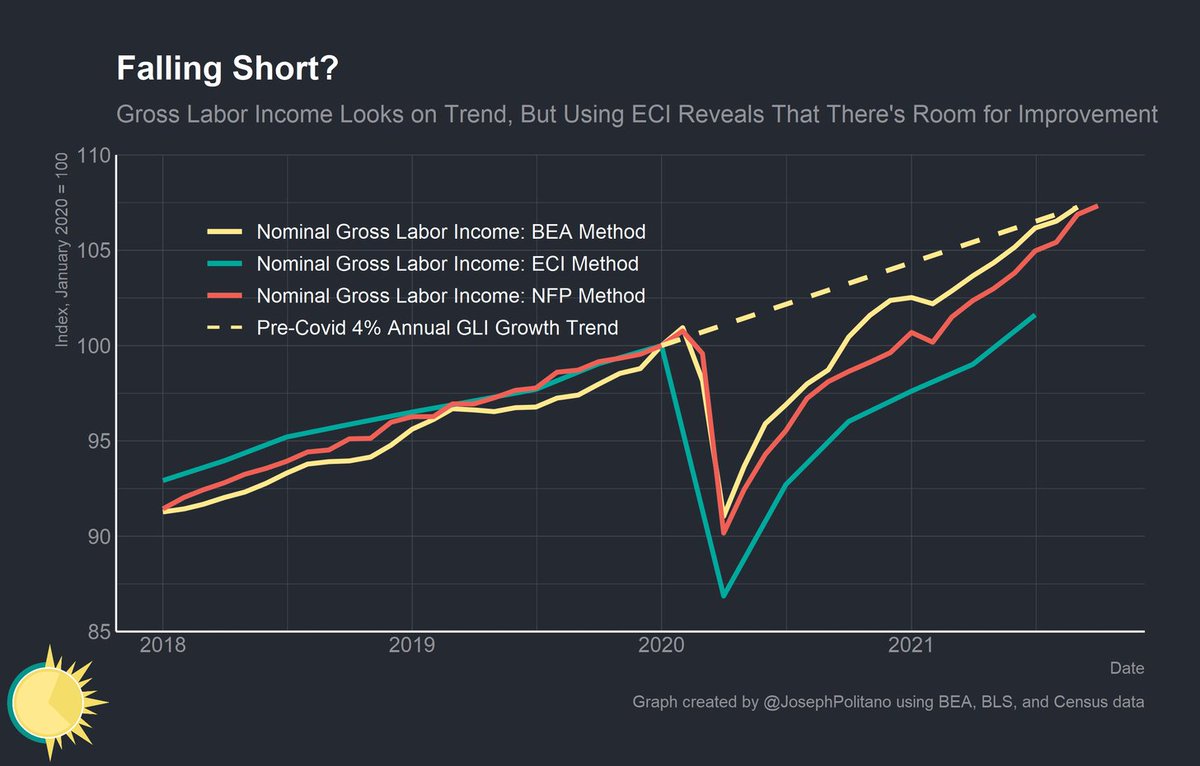
To celebrate 5 months of blogging and (almost) 500 subscribers, I wanted to share my favorite piece from each month.
In October, I wrote about the Phillips curve relationship between unemployment and inflation—and research that shows it was always flat.
apricitas.substack.com/p/the-life-dea…
In October, I wrote about the Phillips curve relationship between unemployment and inflation—and research that shows it was always flat.
apricitas.substack.com/p/the-life-dea…
In September I tackled the "natural" rates of interest, unemployment, and economic growth and how their use and estimates impair economic policymaking.
apricitas.substack.com/p/the-fault-in…
apricitas.substack.com/p/the-fault-in…
In August I discussed automation and its effects on the labor market to explain why robots don't take our jobs and what the future of work looks like.
apricitas.substack.com/p/the-interper…
apricitas.substack.com/p/the-interper…
In July I debunked the myth that US monetary policy has been "too loose" since the 2008 financial crisis. In reality, it has been too tight—with disastrous results for employment.
apricitas.substack.com/p/tight-moneta…
apricitas.substack.com/p/tight-moneta…
In my first blog post back in June I showed how well different estimates of inflation expectations could forecast actual inflation (spoiler alert: consumer inflation expectations do poorly, while models based on market estimates do fairly well).
apricitas.substack.com/p/what-to-expe…
apricitas.substack.com/p/what-to-expe…
I've truly enjoyed writing, and I hope you've enjoyed reading! There's still more stuff coming—including a breakdown of inflation data and the "Great Resignation" this week—so go subscribe if you're interested!
apricitas.substack.com
apricitas.substack.com
• • •
Missing some Tweet in this thread? You can try to
force a refresh










